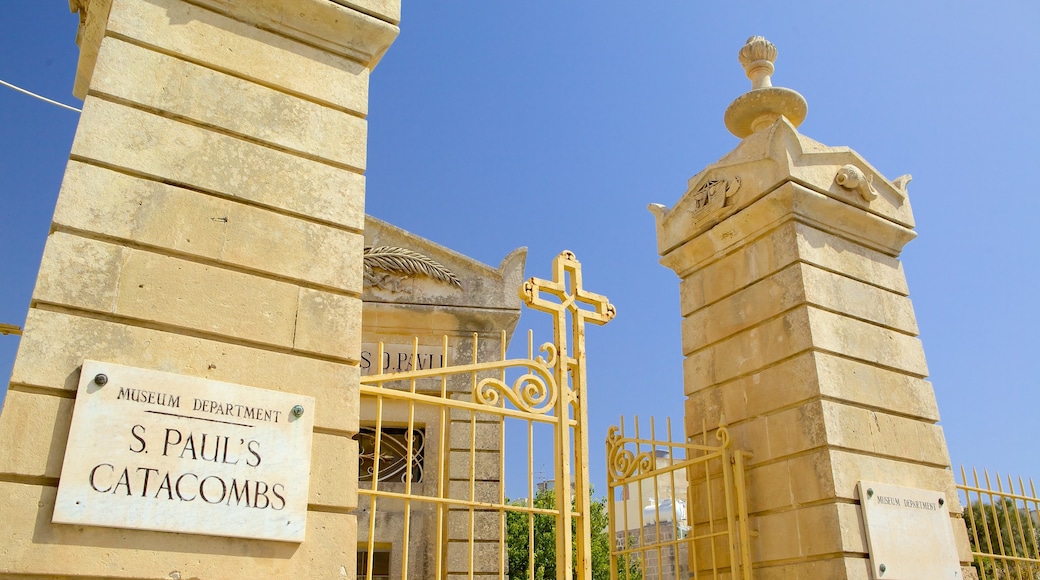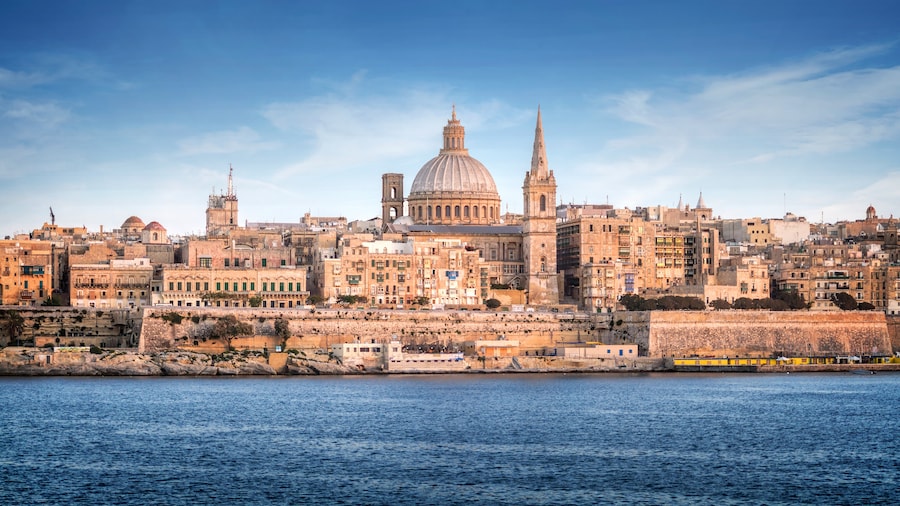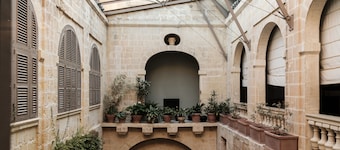Venture through a labyrinth of underground passageways and chambers to see where Malta's early Christians buried their dead.
Go deep underground to explore the adjacent Catacombs of St. Paul and St. Agatha’s Crypt. This subterranean network of tombs, corridors and chambers were in use up until 4th century. The crypts could hold hundreds of corpses.
During Roman times it was forbidden for people to bury their dead within a city's walls. The early Christians did not cremate corpses and so they created vast underground cemeteries to place the deceased.
Take one of the guided tours and learn about early Christian and Roman burial customs. As you make your way down into St. Paul's Catacombs, look at the small burial niches in the wall. These would have once held the remains of children.
Walk into large underground halls where you will see two circular tables. It is thought that this is where family members enjoyed commemorative meals during annual festivals of the dead. Move through the labyrinth of narrow passageways lined with tombs and vaults.
Then visit St. Agatha’s Crypt and Catacombs and step into the underground basilica. Study the Byzantine wall frescoes, some of which date back to the 12th century. There are images of bishops, saints and martyrs, including St. Agatha.
When you are back above ground, investigate the religious and archeological relics in the museum. See prehistoric remains such as shark teeth and animal bones as well as Egyptian artifacts that were discovered in the catacombs. View chalices and the collection of tiny bibles. One of the most curious exhibits is a mummified crocodile from the River Nile.
The Catacombs of St. Paul and St. Agatha’s Crypt are open Monday through Saturday from morning until late afternoon. They are closed on December 24, 25 and 26, New Year’s Day and Good Friday. There is a small admission fee to pay with discounts for students, seniors and children. Infants under 5 years old enter for free.
Find the catacombs in the village of Rabat, about 7 miles (11 kilometres) west of Valletta. Regular bus services travel between the two locations.




















